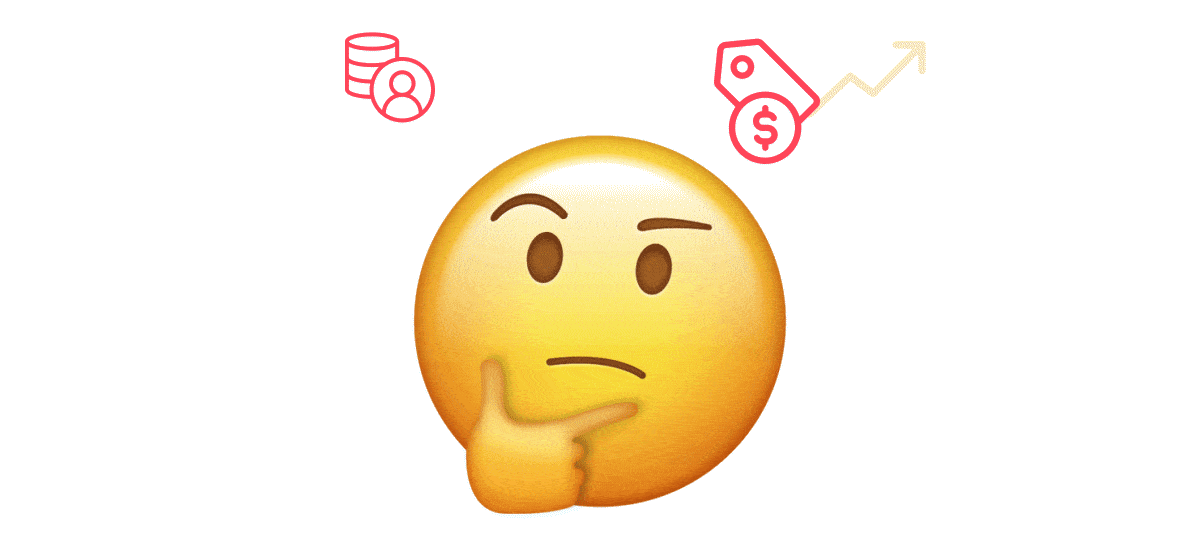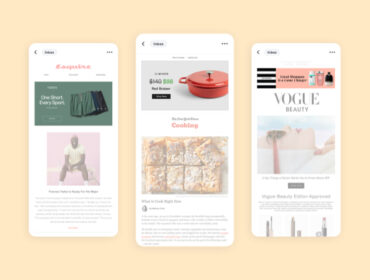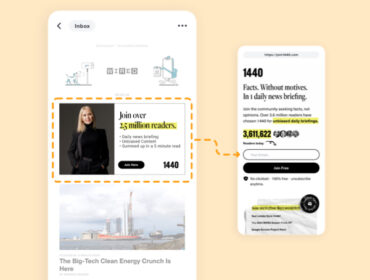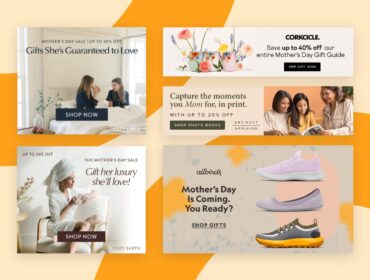Advice on Evaluating New Acquisition Channels from Top D2C Brands

Evaluating new partnership channels can be challenging.
Questions like what metrics to pay attention to, how much to spend, and how long to “keep trying” in pursuit of success can make even the most seasoned marketer second-guess their efforts.
That’s why we assembled a panel of some of our fastest-growing direct-to-consumer customers to ask them to share some of the lessons they’ve learned about pursuing new acquisition channels.
So, how much time – and, more importantly, how much money – should you throw at a new channel before you expect to see results? Our experts weigh in below.

Erin Gregory and Rebecca Lavietes from online retailer eBags, say it always starts with performance.
“We have some pretty strong benchmarks of success with a lot of our partners,” Lavietes shares. “We’ll typically run a test with them to understand whether it’s a viable option going forward. After the initial testing period, we run some analysis on our end to understand whether the customers were new and try to piece together the customer journey.“
A customer journey in 2019 looks very different than it did only a couple of years ago. For one thing, it’s likely a multi-session (and sometimes multi-device) trip through the funnel. A new customer may look around a site after seeing an ad from an acquisition partner, but not sign up for an email program or make a purchase until a subsequent site visit – or subsequent click on a partner ad.
As eyeballs become increasingly expensive to capture, Lavietes says her marketing department continues to take CPM and CPC into account to attract new prospects. And while those interactions might not result in a purchase the same day, they’re an important first step in the customer journey. From there, it’s a matter of staying top of mind as the relationship-building process happens, she says.
eBags’ team can typically tell within about a week, and for a spend of less than $2,000, if a partnership is working. They’ve found that monitoring the campaign in real-time to make tweaks as necessary on the fly is key to a successful trial.

Vuori execs Jamie Alvus and Bret Fredrickson agree. For upper-funnel campaigns, they’re expecting to see an ROI almost immediately after a campaign begins. But for lower-funnel outreach, they have a bit more patience: “We try to find the most premium placements because we want it to be something that makes sense for where our customers are located,” Alvus shares.
She adds that it’s critical to take time to understand a channel completely before deeming a test unsuccessful. “Allocating time internally to understand the channel is really important to us.”

Zach Goldstein, founder and CEO of leisurewear brand Public Rec, looks for social proof when making decisions about new potential acquisition partners. “We look to see if we have other peers in that space, and, if we do, maybe it makes sense for us to at least test that channel,” he says. And although there’s always a seasonality factor to direct-to-consumer fashion, Goldstein says he usually gives D2C marketing channels about 30–60 days to start showing results.
—
Looking for more valuable insights for tackling the challenges of scaling a D2C business? Watch the complete webinar below. It’s free and available on-demand here.



